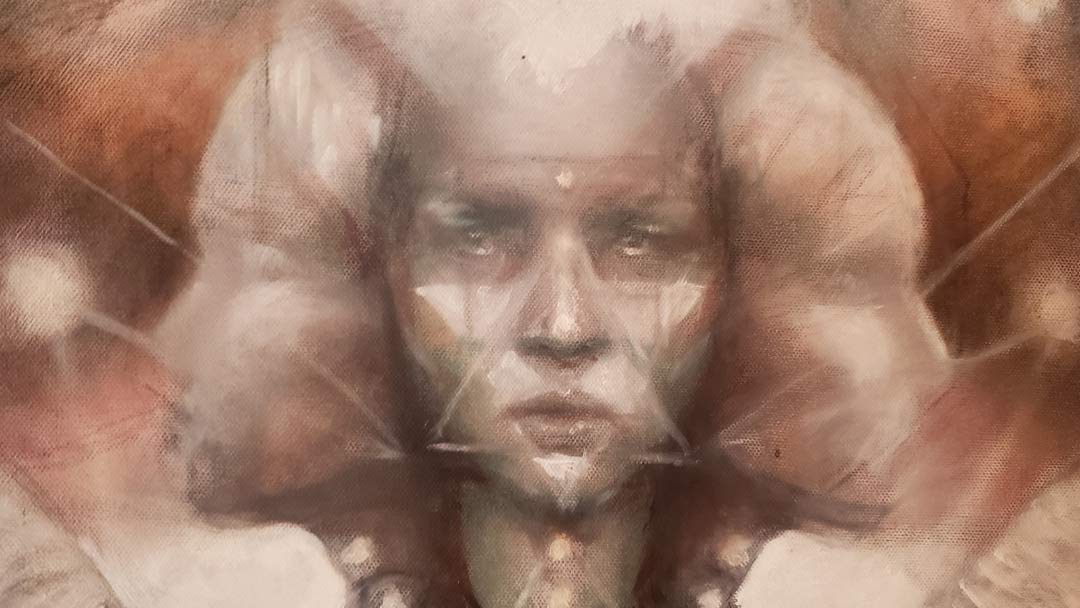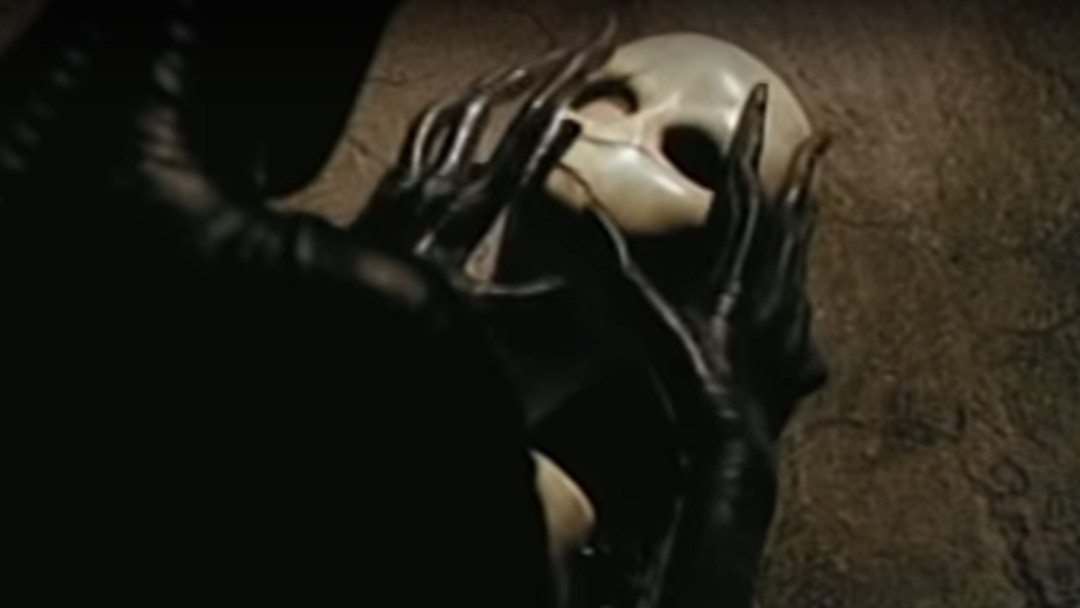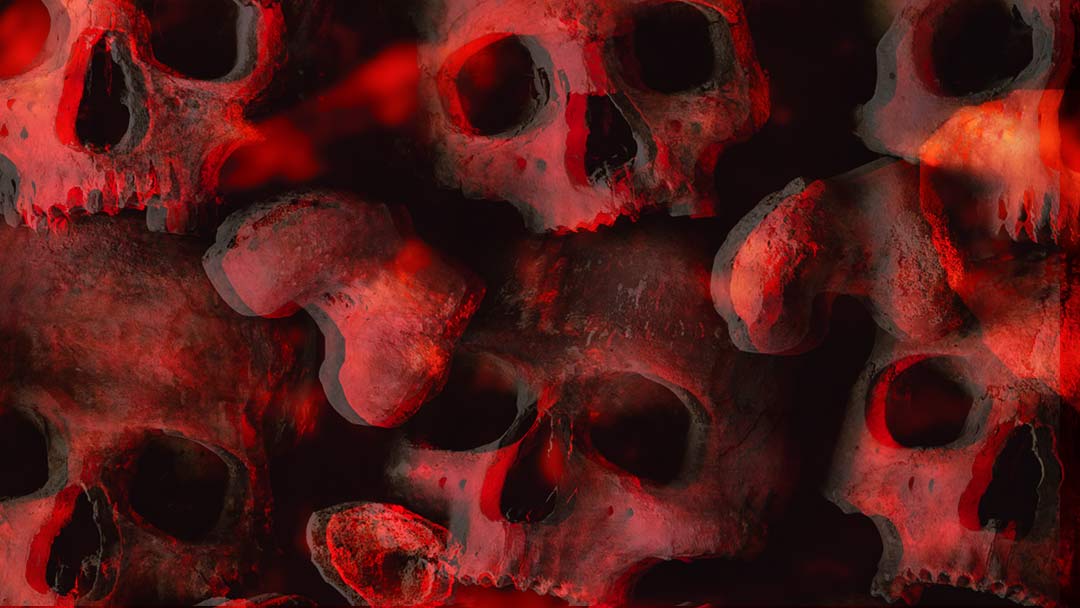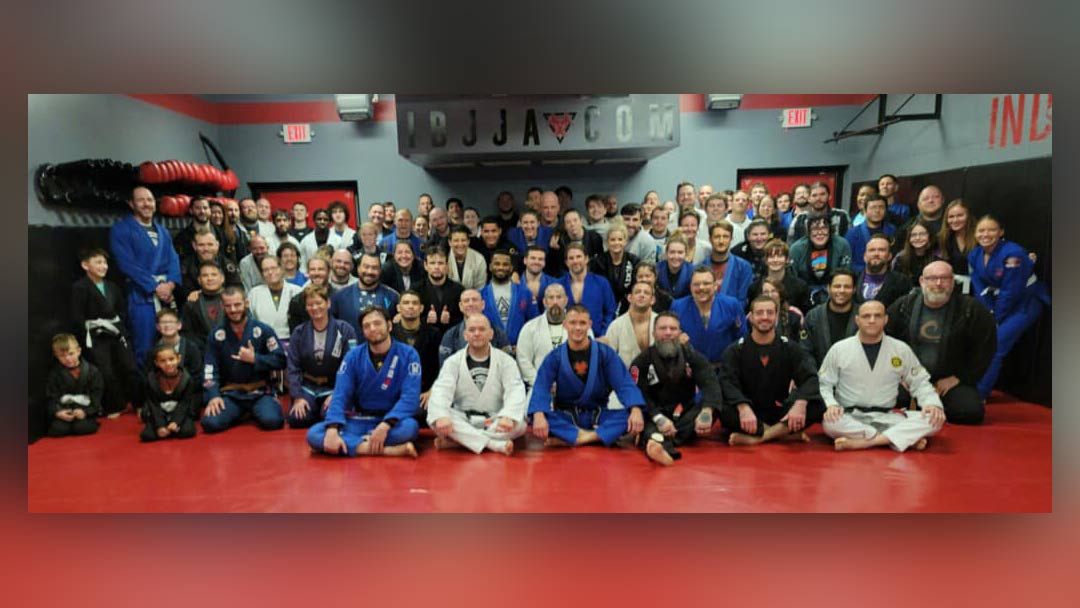I am privileged to be one of Jessica Haeckel’s first students for her Tone Mapping Method singing program! I write this after two online private sessions with Jessica, and about 2 weeks of practice. We start the third session in a few days, and I just wanted to share my thoughts on the program.
Jessica Haeckel is a multi-talented artist, multi-instrumentalist musician, painter, leather-worker, maker, and just all-around fascinating human being. She created an impressive following in the early days of YouTube by posting cover songs, which is how I came to know her. She is also the founder of Tribe Of Crow, a community united under the purpose of “building a sustainable new world from the wreckage of the old one”.
A little context, I started really practicing singing back in 2007, and since then I’ve cycled through extended periods of diligent practice, and giving it up altogether. I still consider myself a novice. And as a novice, it sometimes seems like singing is just a natural ability—a talent you either have or you don’t. However, I’m discovering that singing is very much a skill. Like most skills, it can be learned, practiced, mastered, and perfected by anyone in their own unique way.
Some people begin with a natural proclivity of course. Maybe they just happen to breathe the correct way, or have a facial structure which lends itself naturally to resonance. But anyone can learn the techniques and develop their voice to its fullest potential. Jessica’s Tone Mapping Method program will prove to be an invaluable tool for countless vocal beginners like me, I’m sure of it.
I’ve never felt overly confident in my voice, but over the last 14 years I can certainly mark a significant improvement just in my own efforts and study. It’s a difficult pursuit because it’s an internal process, and deeply personal and vulnerable. Jessica describes it as “feeling around in the dark”, and that is such an accurate analogy.
For these blogs I just wanted to document some of the principals that we covered in our sessions and how they impacted my voice. I won’t share too many details about her program; I want this to be a testimonial of sorts.
session 1 – breathing
As a teacher myself (of Brazilian Jiu-Jitsu), I really appreciated Jessica’s attention to the structure of her program, the very first step being the foundation of any vocal sound: breathing. Without the breath, there is no vibration, and no sound. With inefficient breath, the resulting sound is inconsistent, and weak.
To my surprise, I noticed an immediate improvement in my power, tone, and confidence in my voice after this first session.
the map
Typically a vocal coach might have a person practice specific exercises, running through endless scales ad-nauseum. Jessica prides herself in the fact that her program doesn’t demand these tedious practices, but instead she shares her map of the internal processes involved with singing. I found this to be extremely helpful. She defines clear parameters with her model, which makes it much easier to determine when we are singing correctly vs incorrectly. It’s often not enough to just know when something sounds good or bad.
Immediate and clear feedback is paramount when learning a new skill. When I make an incorrect sound, ideally I should know immediately so I can make a correction. If the feedback is not immediate or if it is unclear, we risk repeating mistakes until they become habit. The last thing we want is to get really good at doing something wrong! Jessica’s Tone Mapping model helps provide that instant feedback, giving the brain useful data to continually make adjustments.
It’s also important when teaching or learning to establish a frame of reference. If we have no frame of reference, it can be difficult if not impossible to connect to the material and make any progress. In Brazilian Jiu-Jitsu, this can be simple because it is an external process, and most people have a basic understanding of how to move their bodies. With singing, it’s much more difficult because we must FEEL the vibrations within our bodies. It cannot be observed with our eyes, but only our ears and intuition. I imagine this can make it difficult for a vocal coach to make adjustments in their students. In Jiu-Jitsu, I have the luxury of being able to physically move someone’s body into the correct position if necessary, but a singing coach must use words and analogies to guide their students into these correct internal operations.
Jessica accomplishes this beautifully using a model of basic geometries. She establishes a frame of reference that anyone can grasp. Of course, the map is not the territory, but it is a useful tool for navigating an ambiguous landscape.
Again, I was very pleased with my progress just after this first session. I noticed that many of my struggles with tone were actually caused by inefficient breathing habits. This will take some time and practice to reverse, but I’m excited by the prospect of using my voice with power and confidence!
session 2 – pitch and tone
Here we covered the geometries in the face, and how we can use them to produce reliable pitches and tones. I felt more challenged by this session, and I feel like the concepts she taught me will need to be thoroughly practiced before they are fully internalized.
Without giving too much away, I will share that one of my biggest struggles with my voice is inconsistency. With these geometries, we can actually learn how and where to resonate in our heads. Normally, with a difficult section of a song, I just kinda throw a hail mary—sometimes it lands, but most of the time it doesn’t. Now I have a system of finding where that pitch and tone should be, an invaluable tool to help me work out challenging sections of songs.
skill building – foundations
With any skill, it takes time and practice to develop proficiency. Admittedly, I haven’t been practicing over the past few weeks as much as I would like, but I’m certainly making progress.
As a Brazilian Jiu-Jitsu teacher, I have a lot of reverence for fundamental concepts and principals. Sometimes my new students seem to get bored and anxious when learning the basics, but a solid foundation is absolutely critical for any reliable structure. People don’t learn how to drive a car by performing dangerous maneuvers on the race track, they begin by studying the basic operations of a motor vehicle: steering wheel, gas pedal, brake pedal, gear shift, turn signals, etc. Once the fundamentals are understood intellectually and internalized by the nervous system, we can build on that foundation by gradually adding more advanced concepts and operations.
Jessica did an excellent job of establishing those fundamentals and building context to such an organic and complicated internal process. She relayed the information in a relatable and accessible way, and she effectively utilized her unique perspective to create and articulate this simple model of resonance. Not to mention, as a friend, she is always a pleasure to talk to.
I will continue to document my progress through this program, and I highly recommend anyone who is interested in singing to try her Tone Mapping Method program. As I write this, it is not yet available online but it will be soon!




